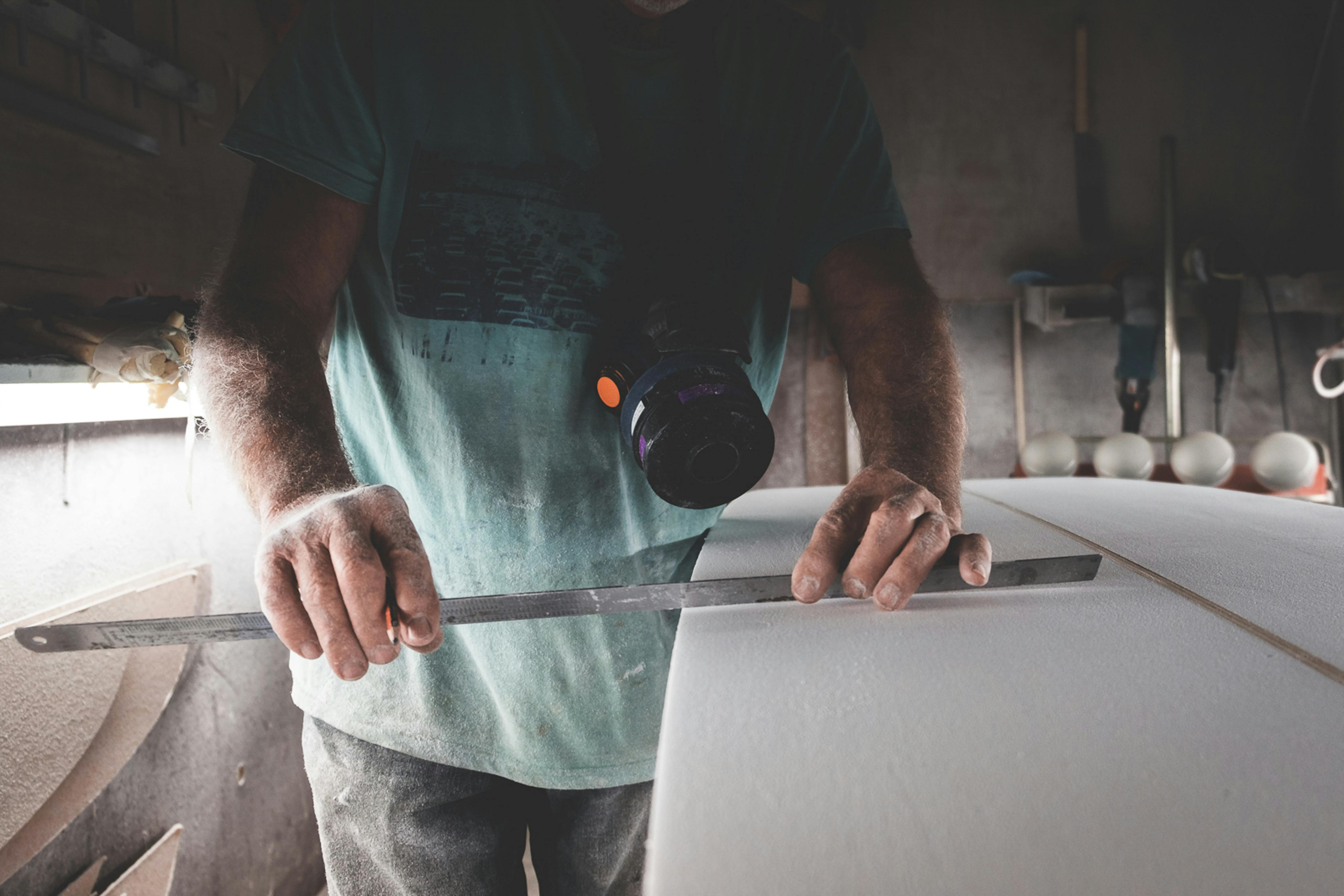Can Sewer Replacement Cause Disruptions
Occasionally, your home’s sewer line will need to be replaced. It’s not a job that can be easily completed by homeowners themselves, and you’ll likely need to hire a professional plumbing contractor. This is a major job that requires a significant investment of both time and money, but it’s important to get the job done correctly so you don’t experience problems with your home’s water or waste system in the future.
One of the most common reasons a homeowner needs to replace their sewer line is because the old line has a leak. A leaking or broken sewer line can cause wastewater to flow back into the home, resulting in unsanitary conditions and even structural damage. You can typically tell when your sewage line is leaking by noticing foul odors around the house, moist or muddy yard soil, and water stains on your home’s walls and floors.

Another common reason for sewer replacement is a clog. This can happen when non-flushable items are flushed down the toilet, such as paper towels, hygiene products, and cooking grease. These items can’t be broken down by the pipes and often end up causing a blockage that requires costly repair.
Can Sewer Replacement Cause Disruptions to Water Or Gas Services?
The pipes themselves can also become damaged by natural or man-made causes. Sewer lines can break or crack due to ground movement, tree root intrusion, or corrosion. Cracks in sewer pipes allow water to escape, which can destabilize the surrounding soil and lead to more cracks down the line. Tree roots are naturally drawn to water sources, including sewer pipes, and can wrap around and damage them over time.
Lastly, the pipes may need to be replaced if they’re at or near the end of their lifespan. While it’s possible to extend the life of a sewer pipe by installing a liner, eventually, it will need to be completely replaced.
While it’s possible to have a faulty or broken sewer line repaired, it’s usually cheaper and more convenient to replace the entire line. The traditional method of replacing a sagging or failing sewer line involves digging a trench across your property to expose and then remove the old pipe, install the new pipe, and refill the trench. This is a labor-intensive process that can take several days and significantly disrupts your landscaping and hardscape.
Some factors can affect the cost of your sewer replacement, such as the scale of the work required and whether a permit is needed to disturb city streets or sidewalks. Fortunately, many plumbing contractors specialize in sewer line replacement and can help you understand the costs associated with this large-scale project before you begin.
Depending on the cause of your damaged or aging sewer lines, your insurance provider may cover part or all of the cost of repairs or replacement. However, you should check with your insurance provider to ensure that the work will be covered and to find out what requirements you’ll need to meet to qualify.



